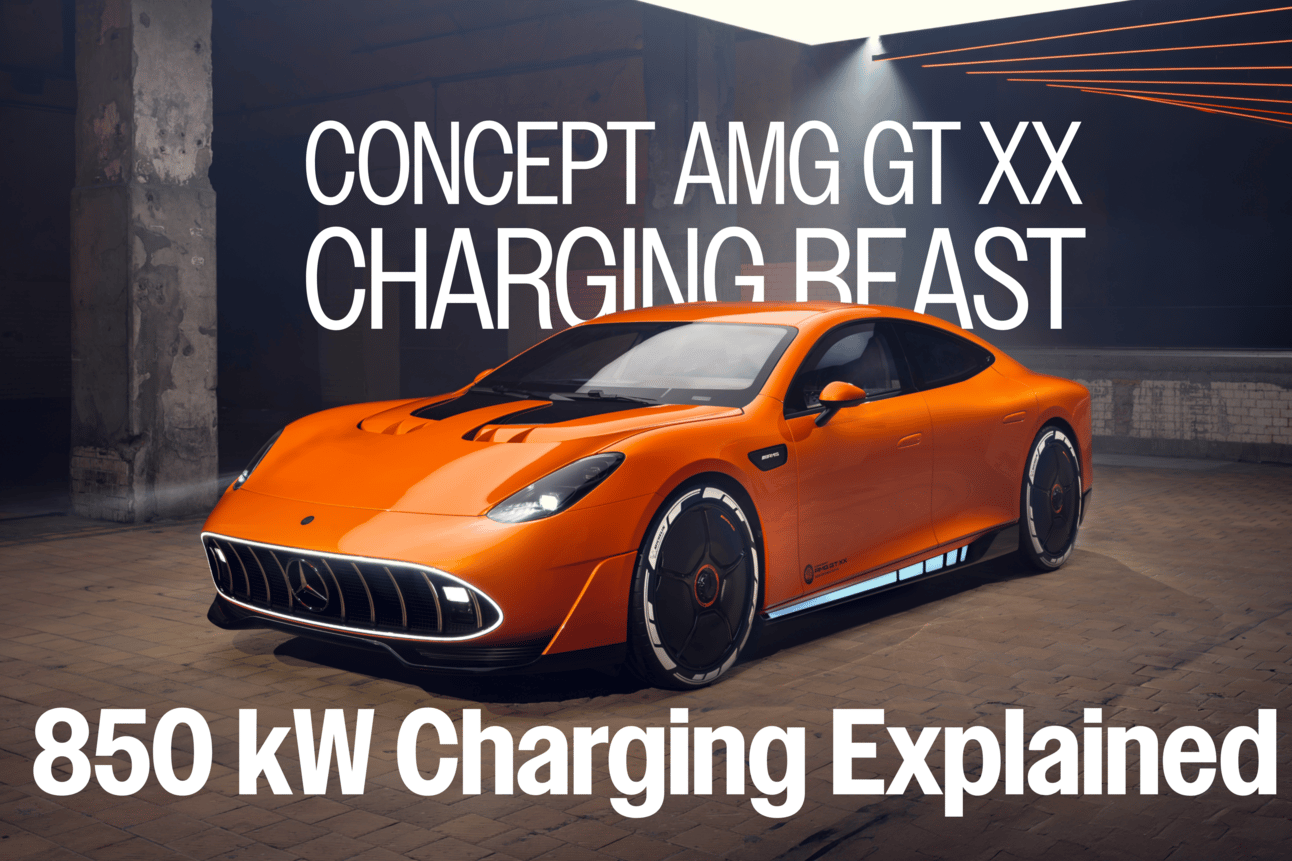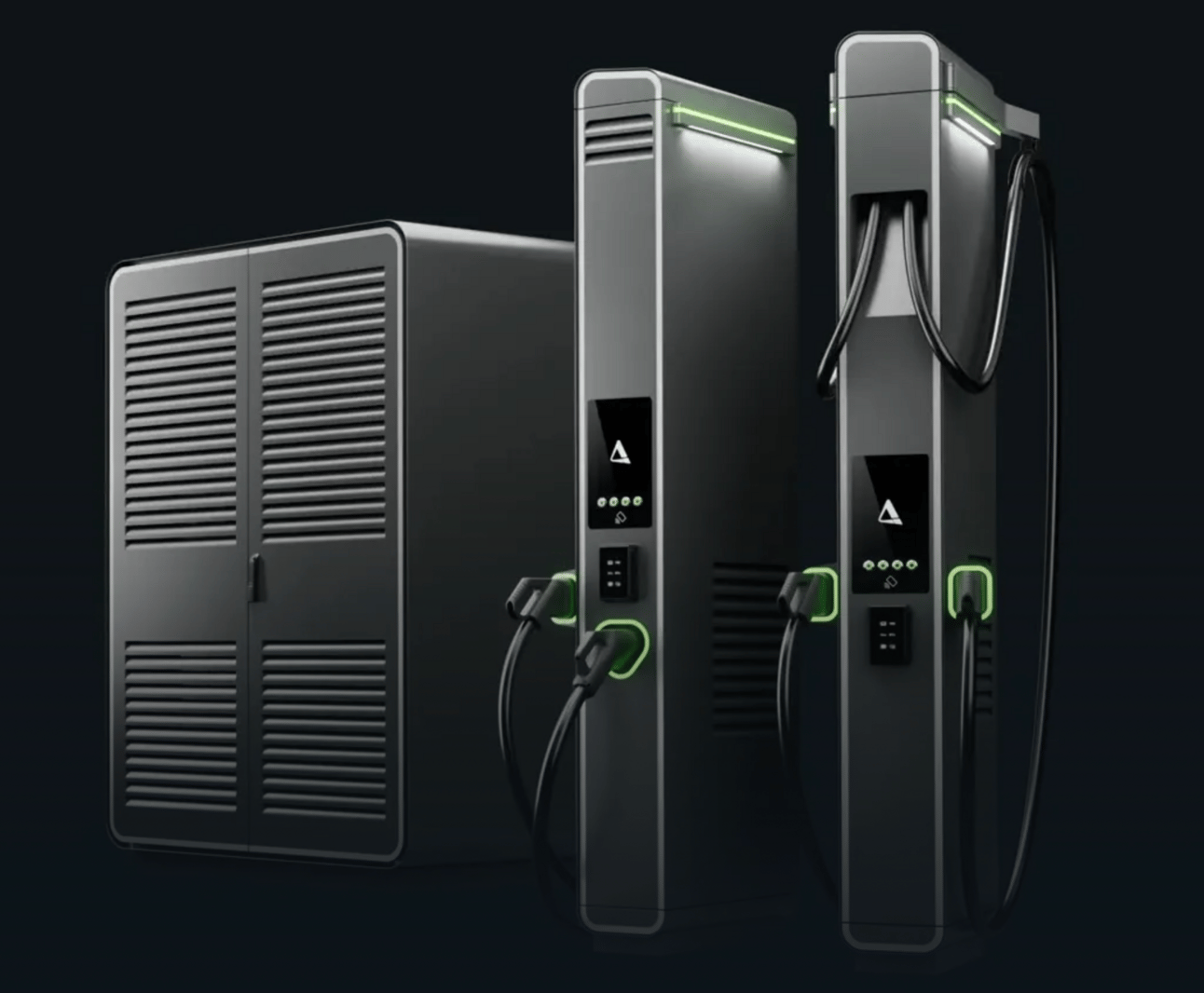Every now and then, a concept car comes along that doesn't just hint at the future but has the potential to define it. The Mercedes CONCEPT AMG GT XX is one such creation. Not just for its stunning design or outrageous performance specs, but for something far more revolutionary hiding beneath the surface.
When Mercedes announced that this car could charge at an average of 850 kW, my first reaction was: I'm sorry, WHAT?
Then I read it again, and it became even more fascinating. Here's why this changes everything about EV charging.
Table of Contents
The Performance Numbers (Yes, They're Outrageous)
Let's get the headline specs out of the way:
Three axial flux motors (not conventional radial flux)
Top speed: >360 km/h (>223 mph)
Max Power: >1,000 kW (>1,360 hp)
Drag coefficient: Outstanding 0.198
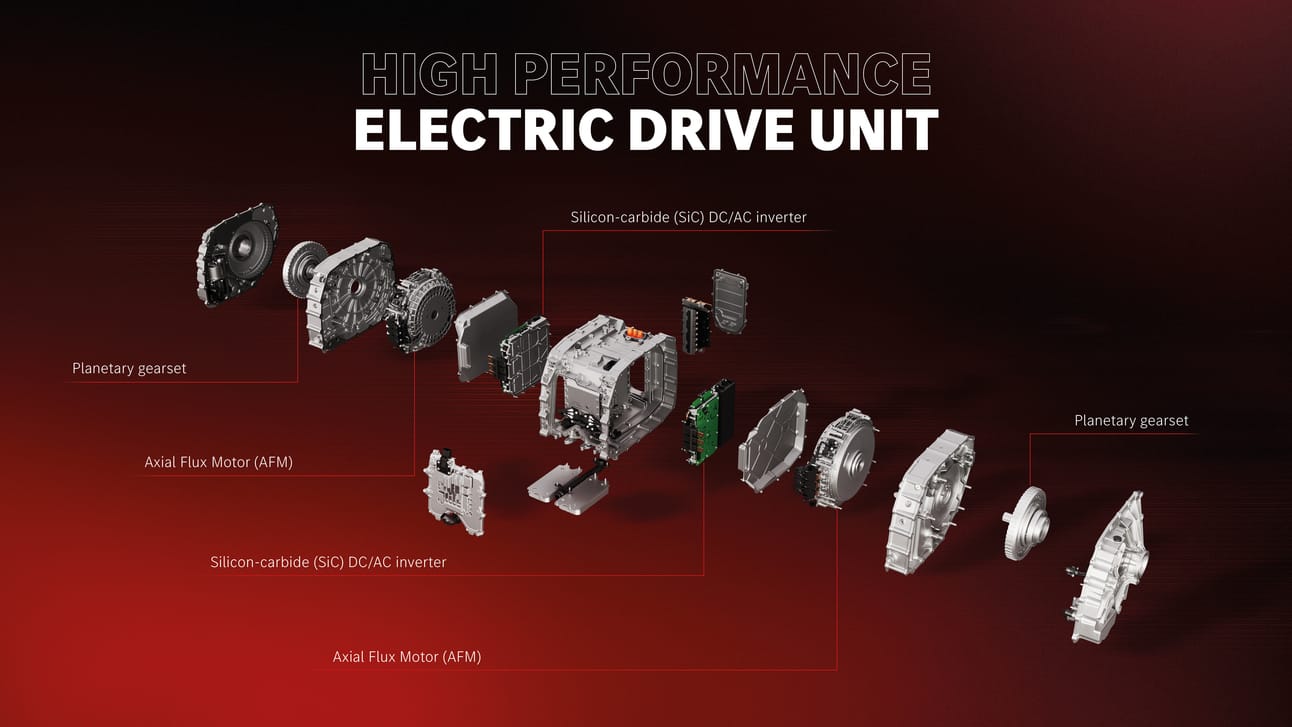
Electric Drive Unit of Mercedes CONCEPT AMG GT XX
But here's what really matters: 400 km of WLTP range added in just 5 minutes. This isn't a peak number designed to grab headlines—this is sustained, real-world charging performance that makes "charging as fast as refueling" actually possible.
The Charging Breakthrough: 850kW Explained
When Mercedes states they achieve "a very high average charging power of more than 850 kW at 1000 A over a wide range of the charging curve," they're not talking about a brief peak. They're talking about sustained power delivery that fundamentally changes what's possible.
To put this in perspective: I haven't seen even the fastest electric trucks exceed 400 kW on CCS connectors. We've seen higher numbers with MCS (Megawatt Charging System), but for passenger vehicles using existing CCS infrastructure? This is completely unprecedented.
The key insight: Mercedes isn't switching to exotic charging standards. They're pushing CCS, the connector already in your local charging station, to limits nobody thought possible.
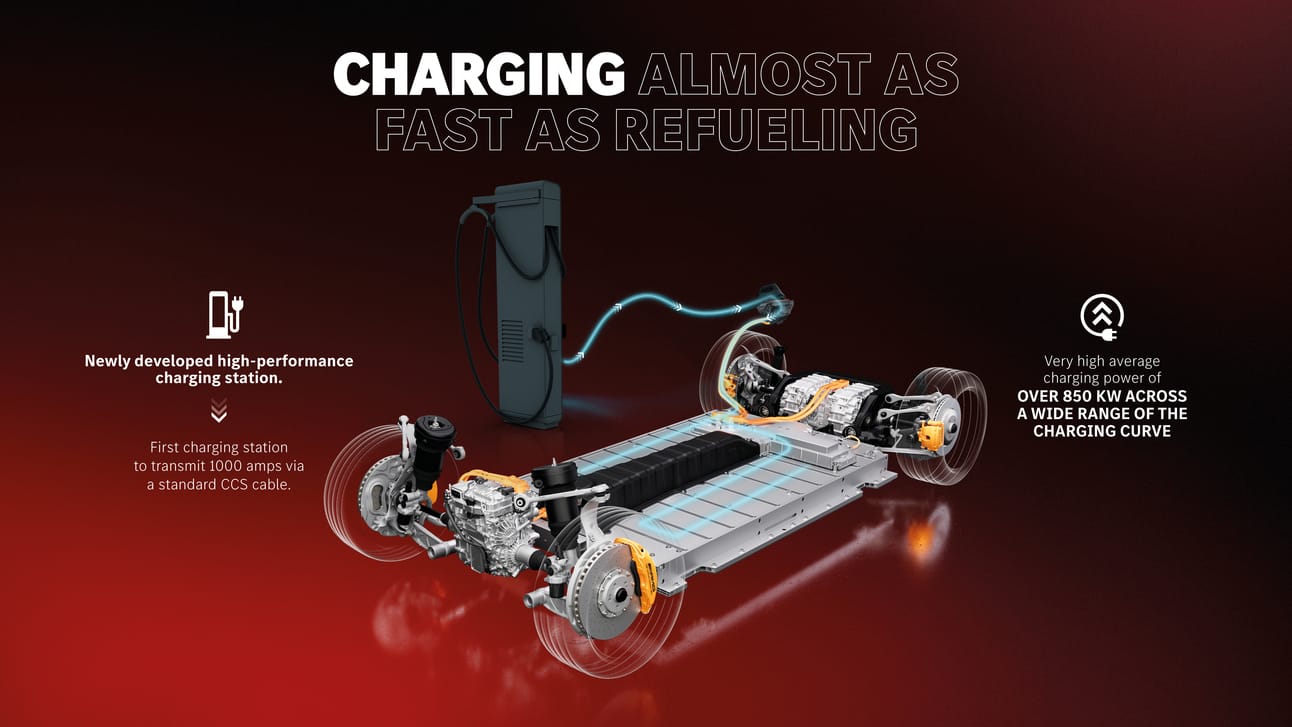
Charging Details of Mercedes CONCEPT AMG GT XX
Infrastructure Deep Dive: The Hidden Heroes
Alpitronic's HYC 1000: The Charger That Makes It Possible
Mercedes partnered with Alpitronic, one of Europe's most respected fast-charging companies, to make this work. Since 2018, Alpitronic has installed around 39,000 chargers and delivered 4 TWh of energy across 130 million charging sessions.
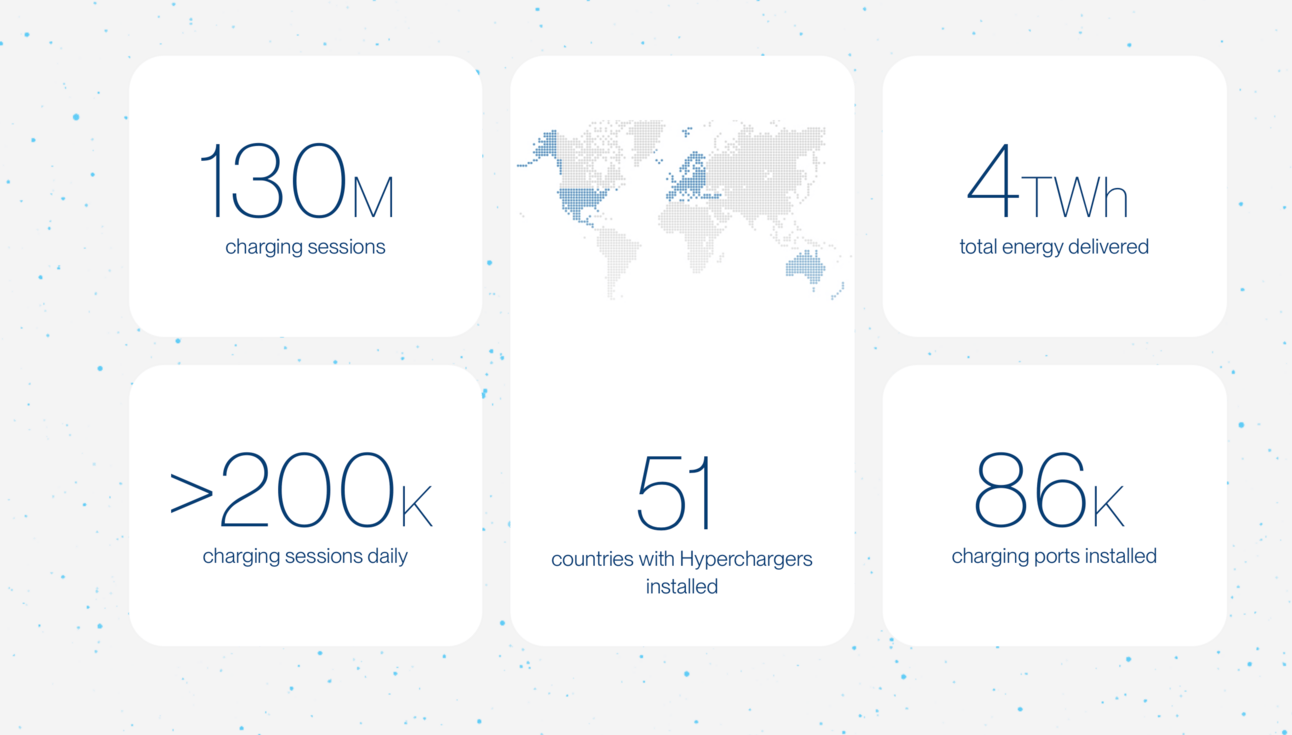
Alpitronic Charging Stats - June 2025
Their latest creation, the HYC 1000, had to be specially modified for Mercedes:
Standard HYC 1000: 400 A (air-cooled) or 600 A (liquid-cooled)
Mercedes-AMG GT XX version: 1000 A (liquid-cooled) cable
This isn't just an incremental upgrade. It's a complete reimagining of what CCS can handle.
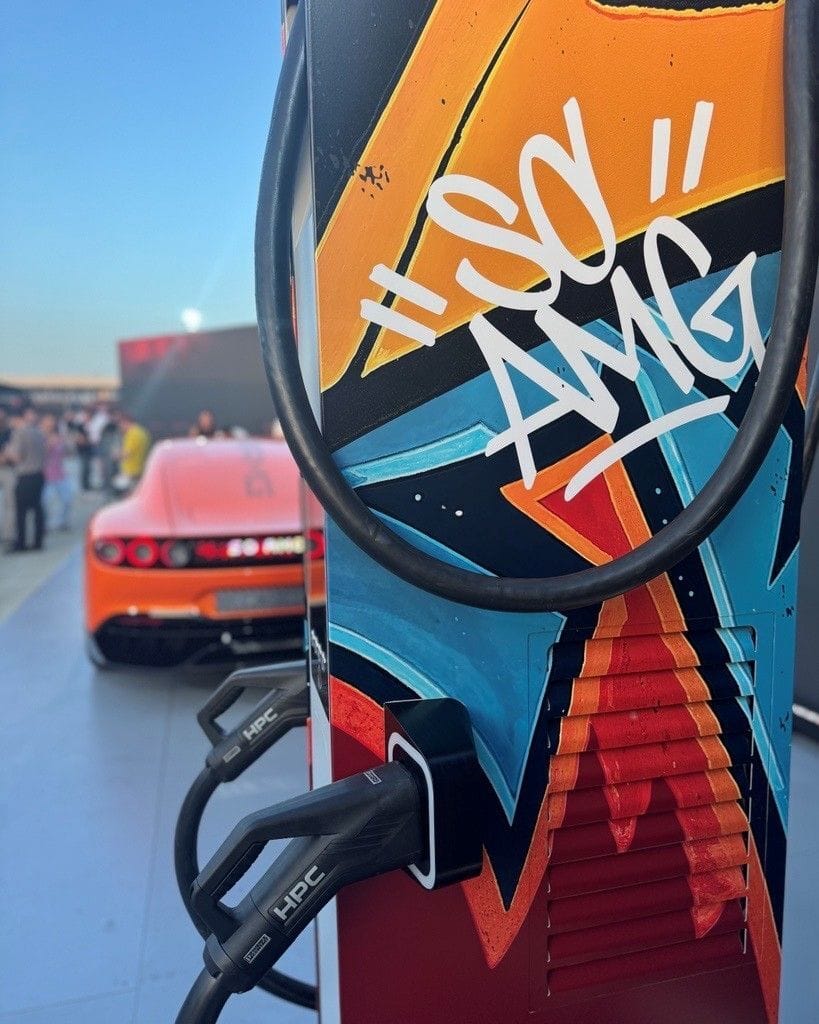
Prototype HYC 1000 for Mercedes AMG GT XX
The Cable That Changes Everything
The real breakthrough comes from Phoenix Contact's revolutionary 1000 kW CCS connector. This liquid-cooled cable runs on a 50/50 mix of water and Glysofor N glycol, but here's the surprising part: it's actually 20% lighter than their previous high power cables.
Their older 700 A peak / 500 A continuous cable weighs 16.85 kg (unpackaged), whereas these new 1000 A peak / 800 A continuous cable weighs just 13 kg (unpackaged).
How did they achieve this? By completely rethinking thermal management:
Old design: Coolant flowed around thick copper conductors
New design: Coolant flows through the cable itself
This improves thermal efficiency, reduces copper mass, and increases flexibility, all while handling unprecedented power levels.
🎥 Want to see how this cable works? I made a full breakdown video after interviewing Phoenix Contact engineers at Power2Drive
The numbers that matter:
Boost Mode: 1000 A for 5 minutes at 40°C
Continuous: 800 A with active cooling
For the AMG GT XX's 800V battery, this translates to:
Peak charging: ~800 kW
Continuous charging: ~640 kW
Mercedes vs BYD: The Real 5-Minute Comparison
Both Mercedes and BYD claim "400 km range in 5 minutes," but the details reveal a crucial difference:
BYD's approach: Peak power demonstrations using CLTC cycle (15-18% more optimistic than WLTP) Mercedes' approach: Sustained average power using stricter WLTP simulation

BYD Megawatt Charging Test Details
While both achieve impressive range addition, Mercedes is charging at significantly higher sustained rates using more conservative testing standards. This suggests real-world performance that's more likely to match expectations.
Battery Engineering for Extreme Charging
This extreme charging capability demanded a complete battery redesign. Mercedes didn't just upgrade their existing pack, they reimagined it from the cell level up:
Revolutionary cell design:
New cylindrical cells: Taller and slimmer for superior heat dissipation
Aluminum housing (instead of steel) for better thermal and electrical conductivity
Immersive cooling system with oil-based coolant surrounding each cell
NCMA cathode with silicon enriched anode chemistry
Energy density: 300 Wh/kg across >3,000 cells
What this enables:
Ultra-fast charging without thermal runaway
Minimal degradation under extreme charging cycles
Consistent performance during high-load scenarios
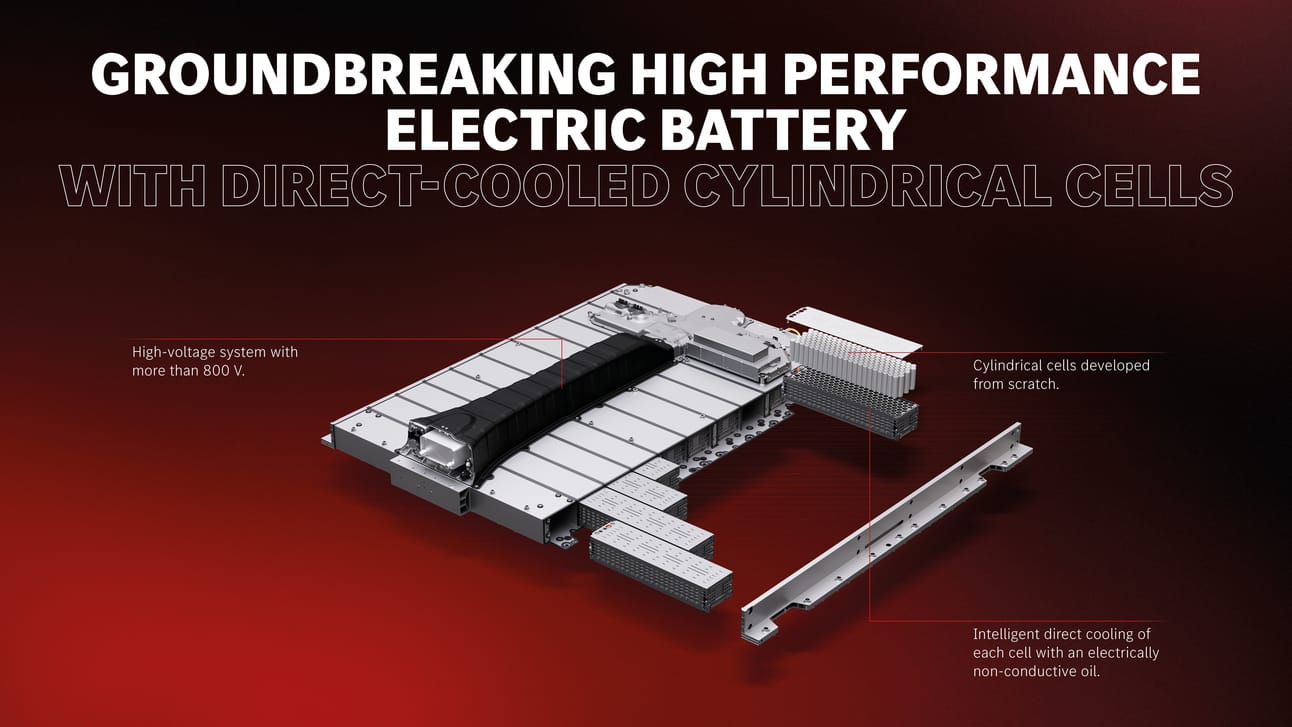
Battery of Mercedes CONCEPT AMG GT XX
This isn't just engineering. It's the foundation for making extreme charging safe and reliable.
Why This Changes Everything
The Mercedes CONCEPT AMG GT XX proves three game-changing points:
CCS still has untapped potential: When paired with advanced thermal management and infrastructure, the "standard" connector can handle very close to megawatt level charging for few minutes.
Collaboration drives innovation: Mercedes, Alpitronic, and Phoenix Contact working together achieved what none could accomplish alone.
Battery technology can keep up: With proper engineering, cells can withstand extreme charging without compromising safety or longevity.
The Road Ahead
This isn't just about one concept car. It's about redefining what the entire EV industry considers possible. Mercedes has shattered the ceiling on average charging power, proving that "charging as fast as refueling" isn't just marketing speak anymore.
The ripple effects will be felt across the industry. Other manufacturers will need to match these capabilities, charging infrastructure will need to evolve, and consumer expectations will permanently shift.
We're witnessing the moment when EV charging stops being a compromise and starts being an advantage.
What stood out most to you about this charging breakthrough? What questions do you have about the technology?
Drop a comment below. I'd love to hear your thoughts.
This is my first article on Beehiiv. If you like this, kindly consider subscribing to my newsletter to remain updated as well as also check out my YouTube channel.
Syed Haseeb Hassan (eTechvolution)

